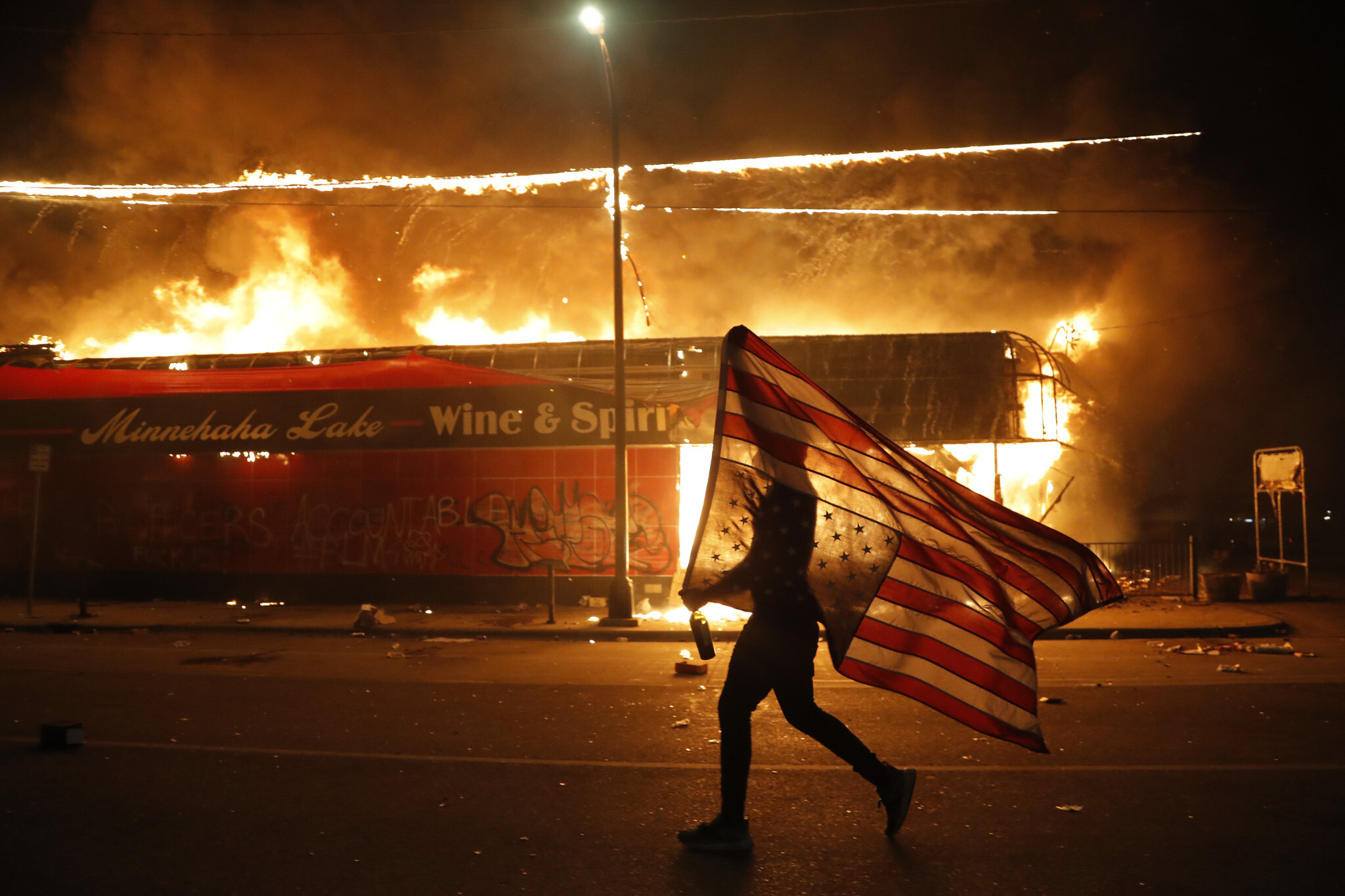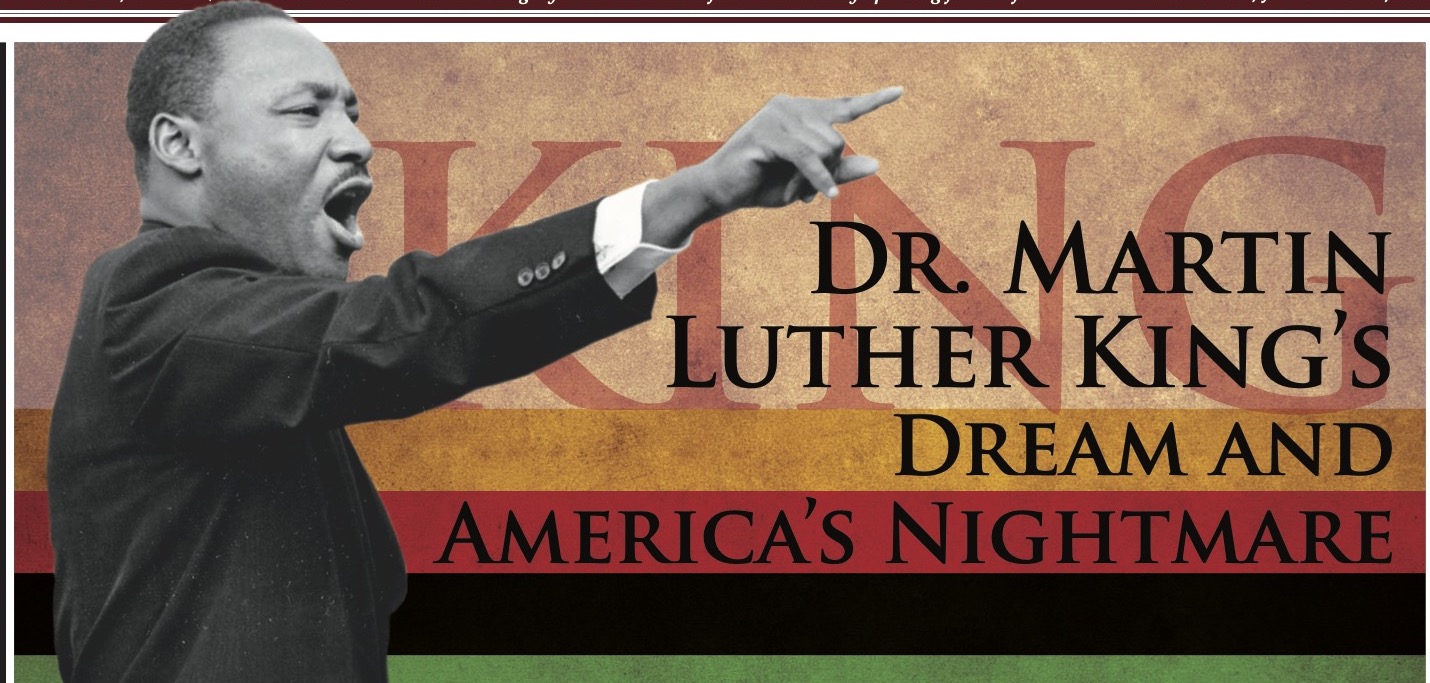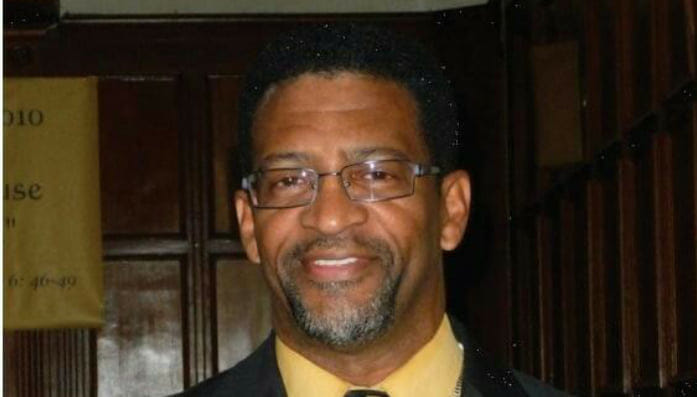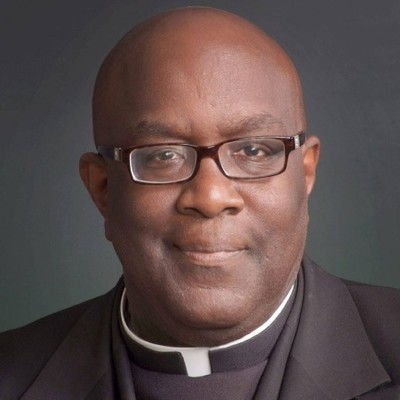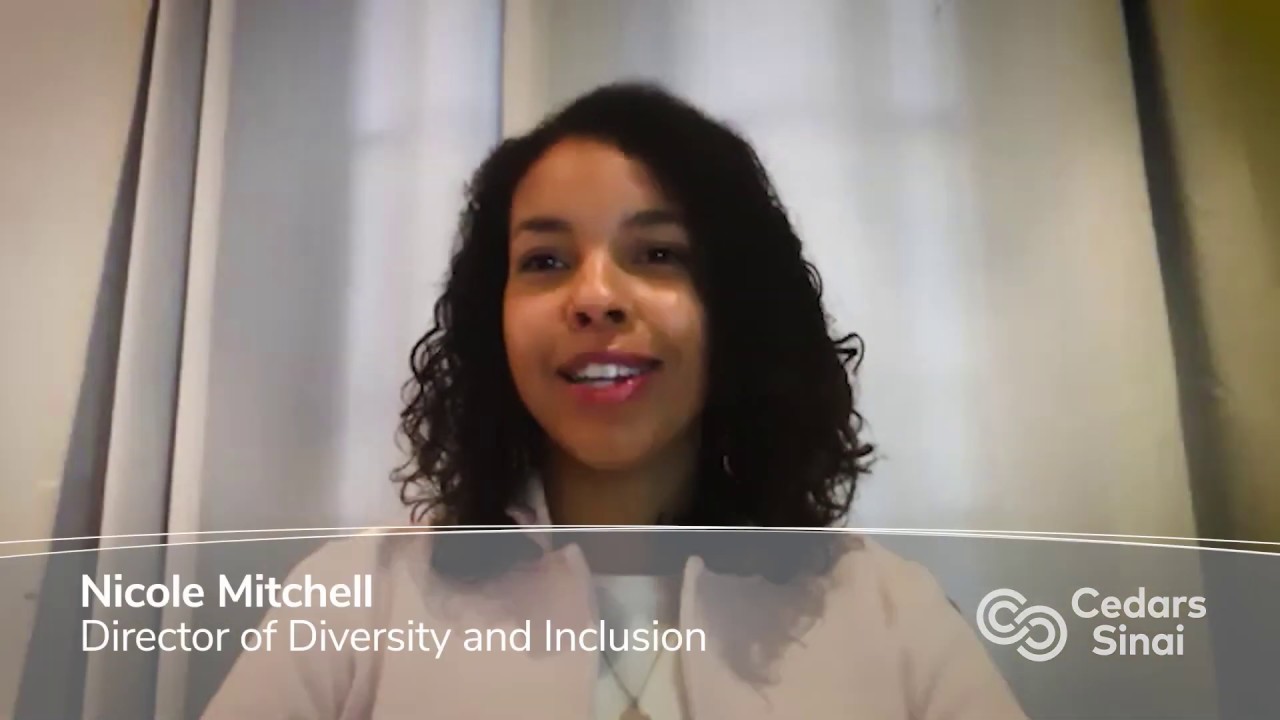
Police Commission Approves Policy to Exempt Media from Protest Dispersals
The Los Angeles Police Commission approved an updated department policy to comply with Senate Bill 98, which exempts media professionals from having to comply with police dispersal orders while covering protests, marches and other types of demonstrations.






